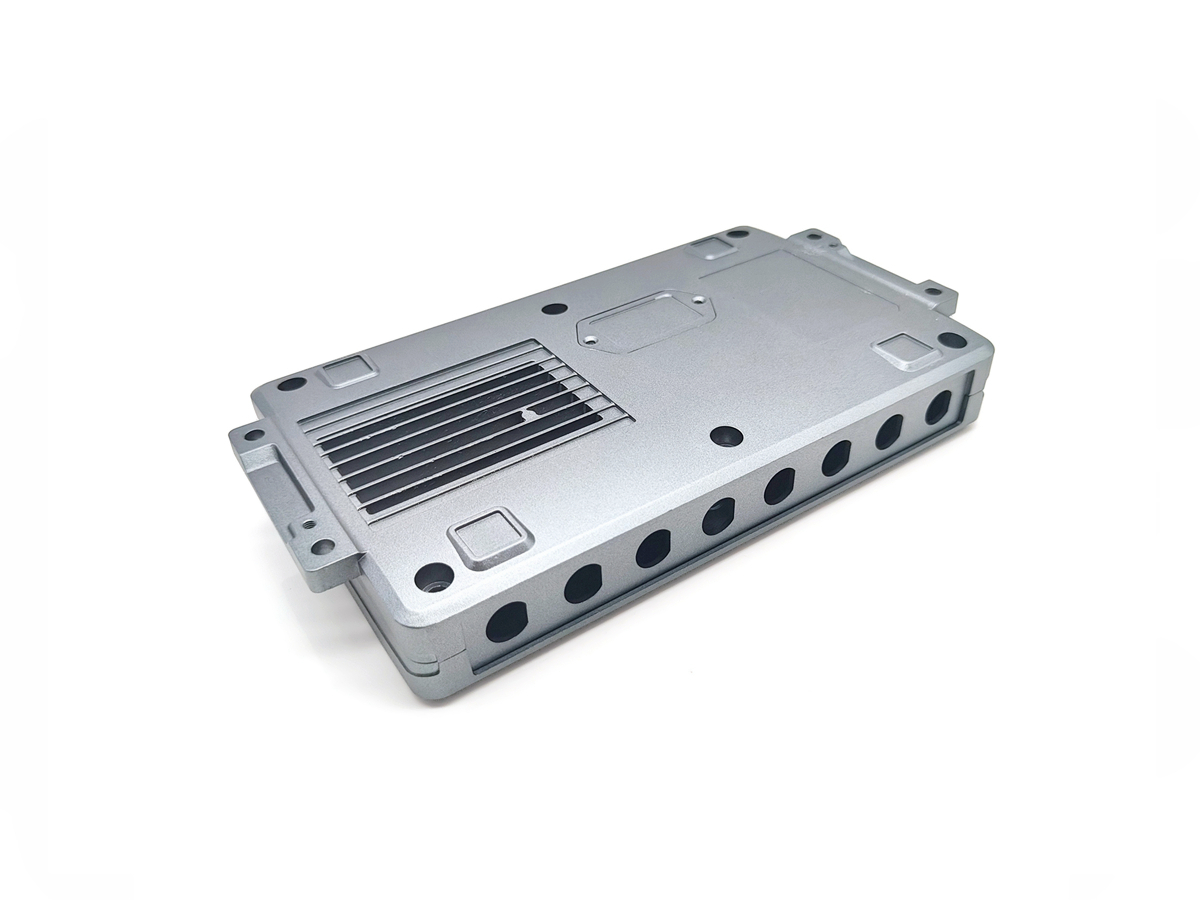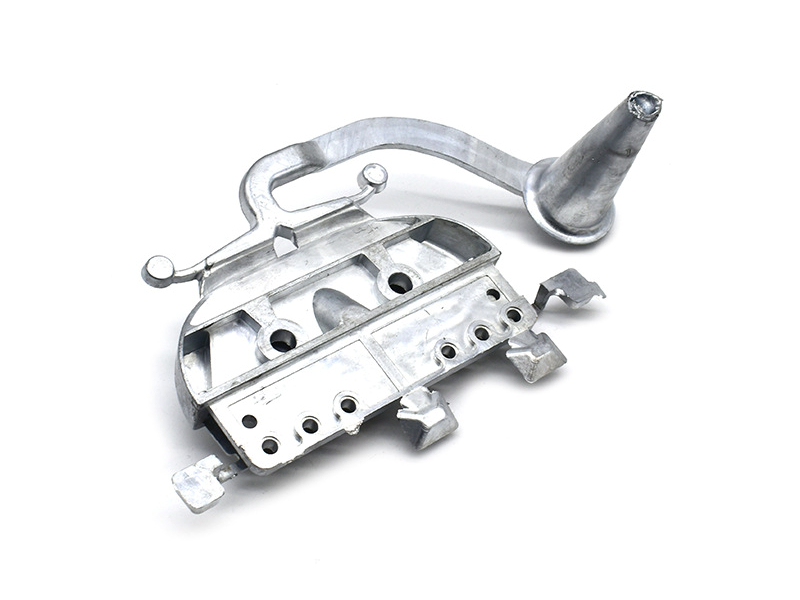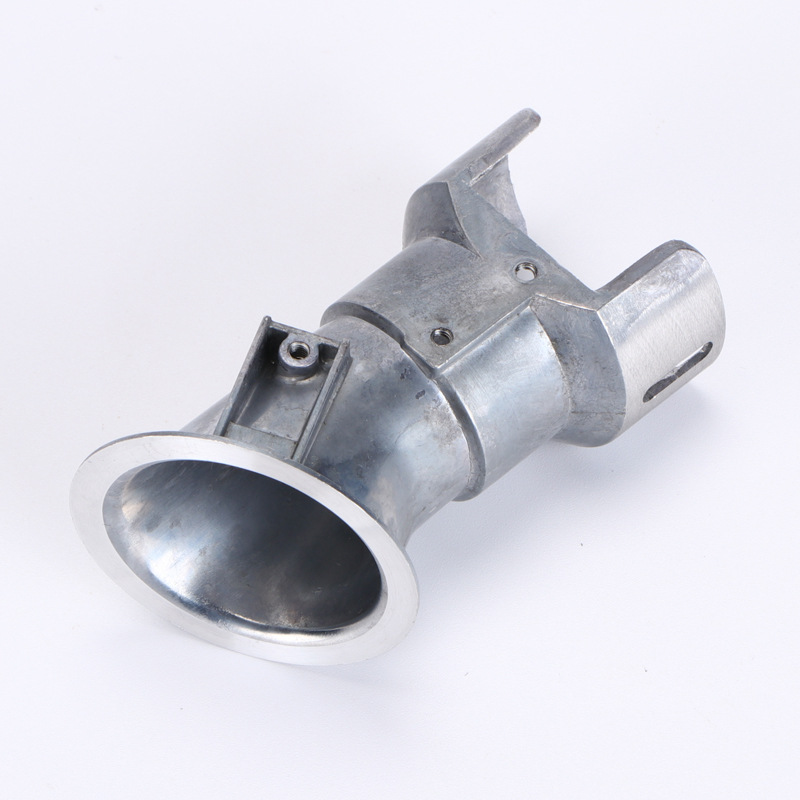Zamak 3
Zamak 3 is one of the most popular zinc alloys used in die casting. Known for its excellent fluidity, dimensional stability, and corrosion resistance, Zamak 3 is ideal for manufacturing precision parts with tight tolerances and complex geometries. Its ability to combine strength, durability, and cost-effectiveness makes it the go-to alloy for high-volume applications in various industries.
At Neway, we specialize in Zamak 3 die casting with integrated capabilities in mold design, CNC machining, and surface finishing to ensure optimal part quality.
Description
Zamak 3 is a high-fluidity zinc alloy widely used for die casting due to its superior strength, corrosion resistance, and excellent casting capabilities.
Key Characteristics of Zamak 3
Zamak 3 is a zinc-aluminum alloy (also known as ZA8) containing small amounts of copper and magnesium to improve strength and casting properties. It is characterized by its exceptional fluidity, which allows it to fill intricate mold designs and tight cavities with minimal porosity.
Property | Value (Typical, As-Cast) |
|---|---|
Density | 6.6 g/cm³ |
Ultimate Tensile Strength | ~280 MPa (40,600 psi) |
Yield Strength | ~200 MPa (29,000 psi) |
Elongation at Break | ~3.0% |
Thermal Conductivity | ~120 W/m·K |
Coefficient of Thermal Expansion | ~22.5 µm/m·°C |
Brinell Hardness | ~70 HB |
Corrosion Resistance | Good (suitable for indoor and moderate outdoor use) |
Zamak 3 provides a good balance of strength and ease of casting, which makes it suitable for parts requiring both structural integrity and aesthetic qualities.
Chemical Composition of Zamak 3
Element | Composition (wt%) |
|---|---|
Zinc (Zn) | 96.0–98.0% |
Aluminum (Al) | 3.5–4.5% |
Copper (Cu) | ≤ 0.05% |
Magnesium (Mg) | ≤ 0.06% |
Zamak 3 has a high percentage of zinc, complemented by aluminum, which enhances its strength and fluidity during casting. The copper and magnesium content provides added strength and heat resistance.
Mechanical Properties of Zamak 3 Zinc Alloy
Zamak 3 is commonly used in applications where moderate strength, corrosion resistance, and precision are important. Below are the typical mechanical properties:
Property | Value (As-Cast) |
|---|---|
Ultimate Tensile Strength | ~280 MPa (40,600 psi) |
Yield Strength (0.2% offset) | ~200 MPa (29,000 psi) |
Elongation at Break | ~3.0% |
Fatigue Strength (10⁸ cycles) | ~100 MPa (14,500 psi) |
Modulus of Elasticity | ~70 GPa |
Brinell Hardness | ~70 HB |
Zamak 3 offers good tensile strength for applications in medium-load environments, and its ductility (3.0%) makes it suitable for parts exposed to mechanical stresses or impact.
Benefits of Using Zamak 3 in Die Casting
Excellent Fluidity: Ideal for casting intricate, thin-walled parts with fine detail and complex geometry.
Good Strength-to-Weight Ratio: Offers a balance between strength and weight, making it ideal for lightweight structural components.
Corrosion Resistance: Suitable for both indoor and outdoor applications, with a protective oxide layer enhancing its resistance to atmospheric corrosion.
High Dimensional Stability: Retains precise dimensions and tolerances after cooling, reducing the need for additional post-processing.
Cost-Effective: One of the most economical die-casting alloys due to its balance of performance and material cost.
Typical Applications of Zamak 3 Die Cast Parts
Due to its unique combination of properties, Zamak 3 is used in a wide variety of industries, from automotive to consumer electronics:
Automotive: Structural components, seat belt mechanisms, knobs, transmission parts
Consumer Electronics: Housings for electrical appliances, electrical connectors, light fixtures
Telecommunications: Mobile phone parts, housing for telecom equipment
Industrial Equipment: Valve bodies, pump components, gear cases
Home Appliances: Power tool parts, vacuum cleaner casings, small appliance components
Zamak 3’s versatility in casting and mechanical properties makes it ideal for applications where precision, performance, and affordability are essential.
CNC Machining Considerations for Zamak 3
Zamak 3 is known for its excellent machinability. Its relatively low hardness and good response to cutting operations make it easy to process, even in complex shapes.
Machining Recommendations:
Tooling: Carbide or high-speed steel tools can be used effectively for machining Zamak 3, with TiAlN coatings helping reduce tool wear.
Cutting Speed: 250–500 m/min for milling; 100–150 m/min for drilling.
Feed Rate: 0.05–0.20 mm/rev, depending on tool geometry and feature depth.
Coolants: Water-soluble coolants are recommended for optimal tool life and smooth finishes.
Surface Finish: Ra ≤ 1.6 µm achievable, ideal for sealing faces and aesthetic parts.
Tolerance: ±0.03 mm achievable on critical features.
Neway's CNC services ensure the highest precision in post-casting machining and surface finishes.
Surface Treatments for Zamak 3 Parts
Zamak 3 can be treated to further enhance its mechanical properties or aesthetics:
Anodizing: Provides additional corrosion resistance, especially for parts exposed to weather or moisture.
Powder Coating: Adds color and protection from UV radiation, ideal for outdoor applications.
Painting: Can be painted to meet aesthetic or functional requirements.
Tumbling: Used for smoothing and deburring parts before coating or assembly.
All surface treatments are tested for adhesion and corrosion resistance using ISO 2409 (cross-cut adhesion) and ASTM B117 (salt spray) standards.
Why Choose Neway for Zamak 3 Die Casting?
Neway is committed to delivering high-quality, precision-engineered Zamak 3 die casting components. Our expertise in mold design, prototyping, and high-volume production ensures the delivery of parts with tight tolerances and superior performance. We offer end-to-end services from initial design to post-production finishing.
FAQs:
What makes Zamak 3 the preferred choice for precision die casting?
Can Zamak 3 parts be anodized for improved corrosion resistance?
What industries use Zamak 3 for their components?
How does Zamak 3 compare to other zinc alloys like Zamak 5?
What machining processes are recommended for Zamak 3 die castings?



